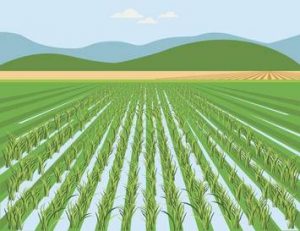Adaptation Gap Report 2025:

The United Nations Environment Programme (UNEP) Adaptation Gap Report (AGR) 2025 notes that climate adaptation efforts remain severely underfunded even as climate impacts intensify, highlighting the need for urgent global cooperation to achieve resilience and sustainable development goals.
Key Highlights of the Adaptation Gap Report (AGR) 2025:
- Developing countries will require USD 310–365 billion annually by 2035 for climate adaptation. Adjusted for inflation to 2035, needs could reach USD 440–520 billion annually.
- This estimate reflects rising rapid-onset and slow-onset climate impacts risks and escalating costs of implementing adaptation measures.
- Current international public adaptation finance stands at only USD26 billion (2023). The resulting finance gap is USD 284–339 billion per year, making current funding highly inadequate.
- The Glasgow Climate Pact goal of doubling 2019 adaptation finance to USD40 billion by 2025 will likely be missed.
- The New Collective Quantified Goal (NCQG) of USD 300 billion by 2035 is insufficient and not inflation-adjusted.
- Support via the Adaptation Fund, Global Environment Facility, and Green Climate Fund rose to USD 920 million in 2024, an 86% increase over the 2019–23 average.
- UNEP notes that this may be a temporary spike amid growing fiscal constraints.
- Developing nations face an unequal burden of adaptation finance, with about 58% of funds coming as debt instruments, mostly non-concessional loans, deepening long-term debt and climate injustice.
- At the same time, while 172 of 197 countries have national adaptation plans, 36 of them are outdated, weakening their ability to respond to evolving climate risks.
- Small Island Developing States (SIDS) show the strongest integration of adaptation into national policies.




